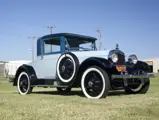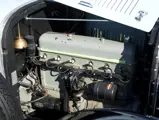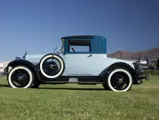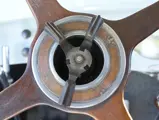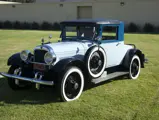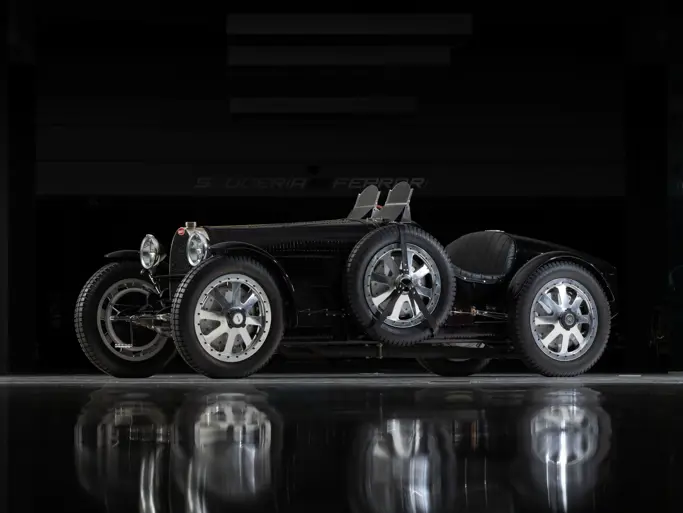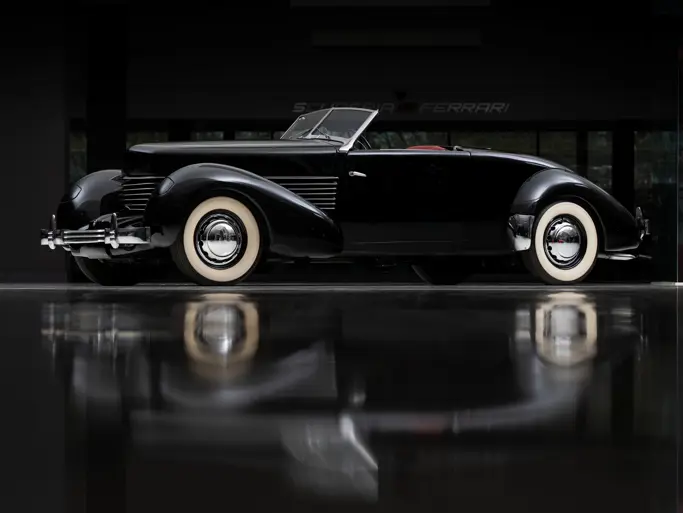Hershey 2011
1928 Nash Special Six Rumble Seat Coupe
From The Nethercutt Collection
{{lr.item.text}}
$22,000 USD | Sold
 | Hershey, Pennsylvania
| Hershey, Pennsylvania
{{internetCurrentBid}}
{{internetTimeLeft}}

Series 330, Body Style 335R. 52 bhp, 224.0 cu. in. inline OHV six-cylinder engine, three-speed manual transmission, solid front axle and live rear axle with semi-elliptic leaf springs, and four-wheel mechanical drum brakes. Wheelbase: 112.75"
- Offered from the Nethercutt Collection
- Handsome older restoration
- Seven-main-bearing six
When Charles Nash conceived the Nash car for 1918, Nash Motors produced a single line of six-cylinder automobiles of moderate price. Less expensive than rival Hudson, Nash cars sold for prices comparable to Oldsmobile. A lower-cost four-cylinder model was added in 1921. In 1925, the four was succeeded by a smaller six called the “Special;” all Nashes had overhead valves.
The year of 1926 brought new engines for both the top-line Advanced Six and the mid-priced Special Six. The Special’s engine was of the same displacement as the year before, but it now had seven main bearings, a robust configuration usually reserved for large, expensive cars. For 1927, it was given a larger bore of 224.0 cubic inches and 52 bhp.
Four-wheel brakes were still novel, and Nash was proud of theirs. “The Worlds’ Finest 4-Wheel Brakes” read the headlines – unusually the front brakes were internal-expanding, the rears external-contracting. The rationale was that the two types of brakes compensated for one another, resulting in “absolute safety.”
The Nethercutt Collection purchased this Special Six rumble seat coupe from Zeke and Juanita Gurley of Quincy, Illinois, in 2004. The Gurleys had performed the current restoration prior to that time. Handsome in dark blue over light blue, with black fenders, it has black wire wheels and wide whitewall tires. It presents well and is an example of why 1928 was Nash’s best year prior to World War II.

